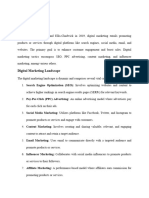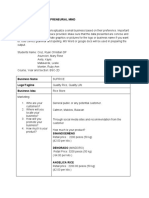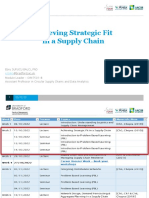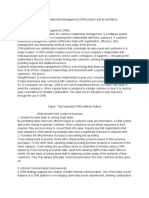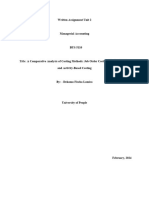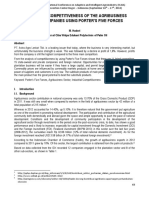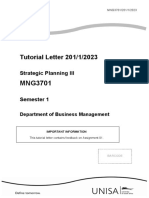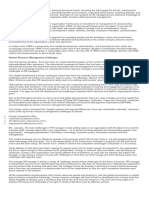0% found this document useful (0 votes)
26 views16 pagesModule 1 DM
The document outlines the history and evolution of digital marketing, starting from the 1990s with the introduction of clickable banners and the rise of search engines. It discusses the opportunities and challenges of internet marketing, emphasizing the importance of adaptability, customer engagement, and data-driven insights. Additionally, it presents strategies for the consumer decision journey, marketing funnel, and best practices for effective digital marketing campaigns.
Uploaded by
fayzatanvar.mbaCopyright
© © All Rights Reserved
We take content rights seriously. If you suspect this is your content, claim it here.
Available Formats
Download as DOCX, PDF, TXT or read online on Scribd
0% found this document useful (0 votes)
26 views16 pagesModule 1 DM
The document outlines the history and evolution of digital marketing, starting from the 1990s with the introduction of clickable banners and the rise of search engines. It discusses the opportunities and challenges of internet marketing, emphasizing the importance of adaptability, customer engagement, and data-driven insights. Additionally, it presents strategies for the consumer decision journey, marketing funnel, and best practices for effective digital marketing campaigns.
Uploaded by
fayzatanvar.mbaCopyright
© © All Rights Reserved
We take content rights seriously. If you suspect this is your content, claim it here.
Available Formats
Download as DOCX, PDF, TXT or read online on Scribd
/ 16
























































